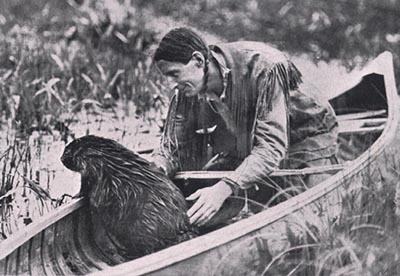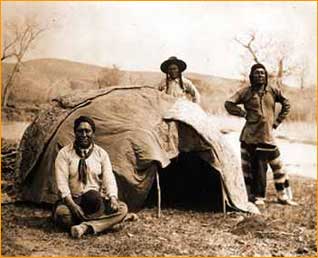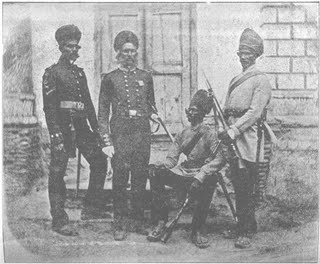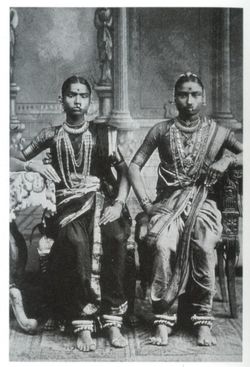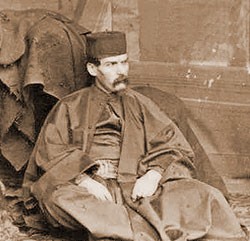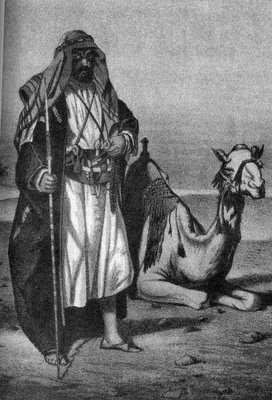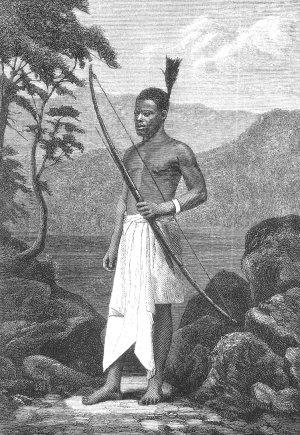2666, Roberto Bolano, 2008
This last novel of Chilean writer Bolano was published posthumously in Spanish in 2004. Bolano asked that the novel be published in separate books but the publisher and heirs ignored him to publish the entire work as a single novel. As a result the English version, released in 2008 is almost 900 pages long. In March 2009, the Guardian reported that part 6 has been found among Bolano’s papers. The publisher, in the notes at the back of the book insists that the the book is complete as Bolano intended, but this appears not to be the case. It ends pretty abruptly with nothing resolved, making it pretty unsatisfying. Maybe someone will see fit to publish part 6 at some point. For more on the writer see Roberto Bolano.
The book is really two separate works, one about an obscure reclusive German writer Benno von Archimboldi and the other about the serial killing of hundreds of women in the mythical Mexican city of Santa Teresa (located somewhere on the highway between Hermosillo and Nogales near the Arizona border). Reviewers have claimed the city is based on Cuidad Juarez but Juarez is not even in Sonora (it is in the state of Cihuauua) and the Sonoran desert dominates the landscape of the city of Santa Teresa. Many details, including small towns in Arizona immediately north of the border, and details of illegal border crossing puts Santa Teresa near Nogales.
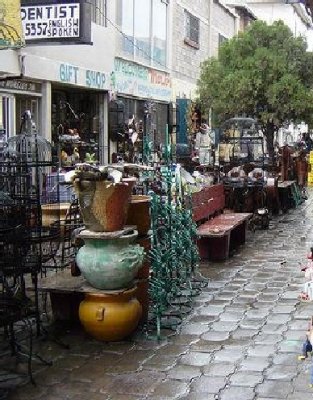
Nogales Sonora
Part one is the most entertaining, containing a wonderful look at the strange, sometimes irrelevant world of academics. Four professors of German, an Italian, a Spaniard, and Frenchman, and and Englishwoman have all built their academic careers and reputations writing articles about the obscure German writer Archimboldi whom no one other than his publisher seems to have met and for which no picture exists. The four academics travel the world attending conferences to deliver their latest Archimboldi papers. We learn about the academic publishing peer review process (I’ll scratch your back in my journal if you scratch mine in your journal). Archimboldi books largely don’t sell (300 copies of his first three novels) but briefly, perhaps because of the four academics, Archimboldi became a cult figure among college students. The cult soon died down. Reviews of Archimboldi’s books are generally very negative. The three academic men all fall in love with the Englishwoman and we are treated to a menage a trois before the Englishwoman chooses the Italian who is paraplegic. Some of them travel to Hamburg to meet Archimboldi’s publisher. The original publisher, a Jew who spent WWII in exile in England, is dead, but his widow, a Prussian Baroness is running the business. She admits she has met Archimboldi but refuses to give the academics any information about his whereabouts. They hear that a Mexican Minister of Culture has rescued Archimboldi from the police in Mexico City and several of them fly immediately to Mexico. The Minister says he put Archimboldi on a plane for Hermosillo and thinks Archimboldi was headed for the city of Santa Teresa. They travel to Santa Teresa and meet a professor from Barcelona, Amalfitano, who is raising his daughter Rosa as a single father. They are unable to find any information that Archimboldi ever arrived in Santa Teresa.
Part two concerns Amalfitano, whose wild wife, Lola, has left him to return to Europe where she sleeps around and hitchhikes throughout the continent. She returns one last time to Mexico to see Rosa and announce she is dying. She tells Amalfitano that she has a child by another man and is returning to Barcelona to be with him. Amalfitano has hung an old book on his clothesline where the desert slowly destroys it. Amalfitano is slowly going mad.
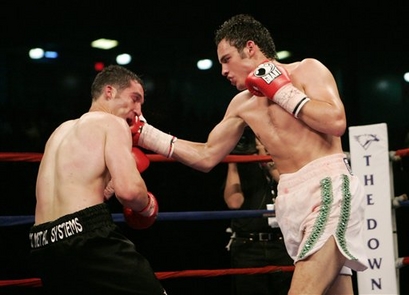
Tijuana Boxing Match
Part three begins with a black reporter, Fate, working for an obscure journal in Harlem. His editor asks him to cover a boxing match in Mexico when the sports reporter for the journal dies. Fate needs the money so flies to Tuscon and drives across the border in a rental car to Santa Teresa where the fight is to be held. The journal has limited travel budget so Fate rents a cheap room and goes to the hotel where the other journalists are staying and where press conferences on the fight will be held. Fate meets some Mexican fight reporters who let him accompany them when they go to the camp where the Mexican welterweight is training. He is unable to interview the American fighter but the fight is a total mismatch and the Mexican is knocked out in the second round. Fate goes to a bar after the fight and runs into a couple of tough Mexicans with two girls one of which is Rosa. Fate is invited to join them and they retire to small house. Fate has followed them in his rental car. The Mexicans started taking drugs and are acting strange; Rosa gets nervous and Fate thinks something very bad is about to happen so Fate offers to give Rosa a lift home. Rosa tells him she thinks it is time she left Santa Teresa to return to Barcelona. Fate offers her a ride to Tuscon, Rosa packs, gets her passport, and Amalfitano gives her enough money for the ticket home. Fate drives Rosa to Tuscon where they part.

Sonora Desert Mexico
Part four is tough slogging through 280 miserable pages where hundreds of rape and murders of women in Santa Teresa and environs go largely unsolved. The horror is broken up by a crazy man that desecrates churches and their icons and occasional kills if someone tries to stop him. It is assumed that a serial killer or two killers is responsible for the murders but the incompetent or compromised detectives make absolutely no progress in solving the cases. They can’t even identify most of the victims. One murdered high school student was seen visiting a computer repair shop several times and when the detectives discover that the German (American citizen) owner has a police record in the States including violence and rape, the German, Haas, is arrested and charged with a long list of murders. The murders continue so the detectives arrest a few gang members claiming Haas has paid them to rape and kill women in a copycat fashion to make it look like he is innocent. The police have no evidence whatever against Haas or the gang members. The police misfile evidence or lose it altogether. This includes knives and guns. When they send sample to Hermosillo or San Diego for analysis the samples or the results always go missing. We get a picture of Santa Teresa whose three principal means of economic activity involve exports to the US; narcotics, illegal immigrants, and products built in the local maquiladoras by low cost Mexican labor. Most of the women victims works for the maquiladoras. Corruption of police and politicians is central to all three types of enterprise. After a couple hundred pages of utterly depressing murders, Bolano gives us some false hopes when a retired FBI agent is hired by the local authorities to investigate the murders and train the local detectives. The authorities have no intention of allowing the FBI agent to do his job. Finally, the best woman friend of a powerful RPI woman politician (read very old wealthy family) disappears while organizing a private party for a rich man near Santa Teresa. The politician hires a private detective who finds that the friend hires models and recruits local prostitutes and local girls for the parties where drugs and sex dominate. The detective finds nothing about the disappearance.
In part five we finally meet the elusive Archimboldi; in fact we follow him throughout his entire life. His real name is Hans Reiter and he was born in 1920 to a one legged (lost in WWI) Prussian father and a one eyed mother. Hans has a sister born in 1930. Hans has a couple near drowning experiences as a child and he draws seaweed. He is convinced his fate is to die a watery death so when he is drafted in 1939 he asks to join the navy, preferably the submarine corps. Unfortunately, Hans is 6 foot 5 inches tall and the navy rejects him. He becomes an infantryman and spends the entire war on the Eastern front. His fellow infantryman thinks his height makes him the logical first target for any enemy and Hans is still convinced he is destined to die which makes him fearless. The result is a long series of heroic efforts during which Hans never receives as much as a scratch. Hans also never kills an enemy. Finally, near the end of the war, Hans is shot in the throat and is sent to a hospital to recover.
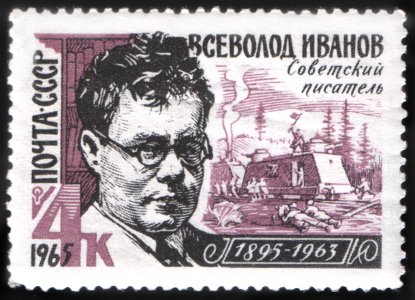
Vsevolod Vyacheslavovich Ivanov Stamp
The Russians overrun the area and Hans and other patients who are mostly recovered are sent to an empty village nearby to await further orders. Hans can’t stand the other soldiers and finds an empty house where he lives alone. Exploring the house he determines the house was owned by Jews and that the Germans are probably responsible for the empty town. He finds a hiding place and a journal written by Ansky, the presumed former owner of the house. Hans reads the journal and we are treated to a short history of the Russian Revolution with particular attention to the Russian writers of the period. Ansky joined the communist party in 1903 and observed the entire revolution and aftermath. Ansky may be a little mad but he certainly has a strange imagination. He meets the Russian science fiction writer Vsevolod Vyacheslavovich Ivanov who is having writer’s block. Ansky writes three science fiction novels from his strange imagination that are published under Ivanov’s name. In 1937 Ivanov is arrested in the Stalin purges and show trials and Ivanov signs the required confession and is executed. He never reveals that Ansky is the true author the last three novels. One entry in the journal concerns an obscure Italian painter in the generation after daVinci named Archimboldi where Hans gets his nom de plume later. (See Giuseppe Arcimboldo famous for his vegetable face portraits.) Hans adds the von to identify himself as German and not Italian. The Russians continue their advance and the Germans continue to retreat eventually deserting the army altogether. Hans surrenders to the Americans. In the camp is a man who claims his name is Zeller (the Americans are interrogating their prisoners looking for war criminals in alphabetical order). The interrogators leave the camp before reaching Z and Zeller feels compelled to confess to Hans. Zeller whose real name was Sammer was a civilian administrator for a region in Poland. His primary job was to provide forced labor for German factories. Near the end, he mistakenly receives a consignment of 500 Greek Jews who were undoubtedly intended for a death camp. The train is needed elsewhere so he unloads the Jews into an abandoned tannery. Finally an SS officer gives him an order to eliminate the Jews (these orders are never written). Sammer has no facility to eliminate such a large number but gives the order to kill a few at a time. When the Russians overrun his region, he releases the final hundred Jews still alive and runs away in his car. Sammer keeps moving west until he also surrenders to the Americans. For the first and only time in his life Hans kills someone.

Cologne
Hans is released and eventually moves to Cologne where he works as a bartender. He rents a typewriter and writes his first novel. After several refusals, a publisher, the Jew Bubis in Hamburg, agrees to publish his novel. 300 copies are sold. Hans continues to write and Bubis continues to publish. Upon his death, Bubis instructs his widow, the Baroness, to continue to publish anything Hans writes.
Finally Hans sister, Lotte, learns that her son Haas has been arrested in Mexico. She is unable to help get him released but on a flight to Mexico Lotte picks up a copy of Archimboldi’s first novel and realizes it is the story of her own family and that Archimboldi must be her lost brother Hans. She contacts the Baroness at the publisher who tells Lotte where Hans is living and Lotte is able to contact him. As the novel ends, Hans, aka Archimboldi, age 80, is boarding his flight to Mexico City to try to rescue his nephew.
This ending certainly suggests that there was a part six with Archimboldi in Mexico. Maybe we will find out someday. If you have limited reading time parts 1 and 5 are best. 2 and 3 are not bad. Forget 4.
